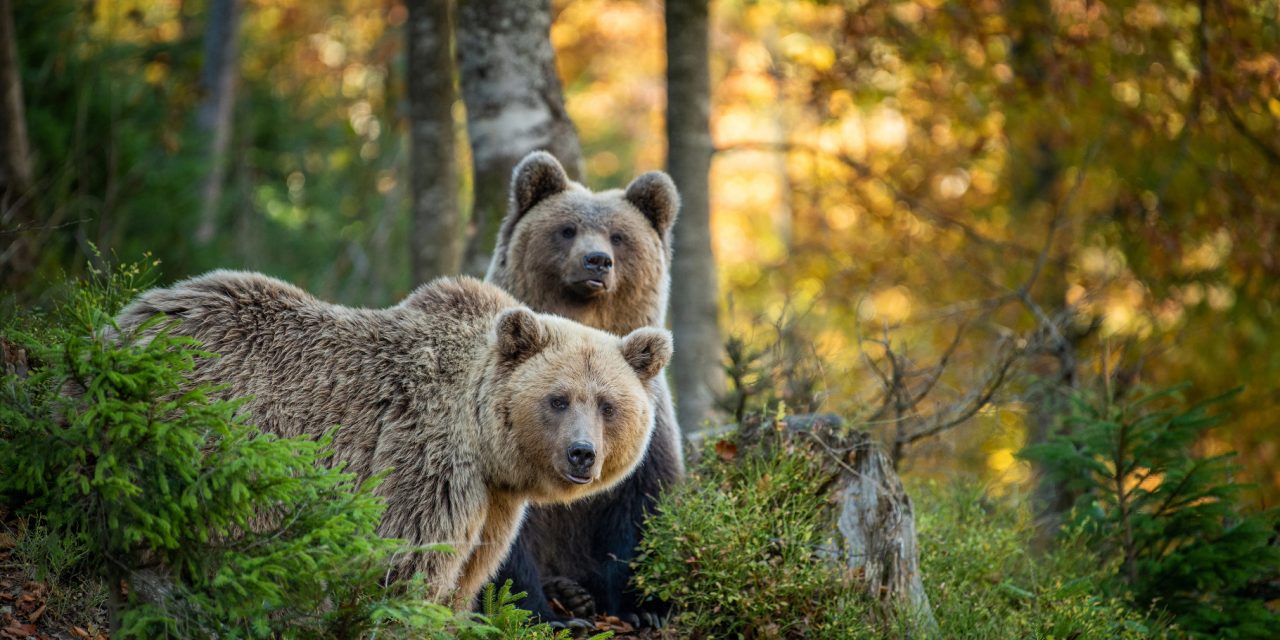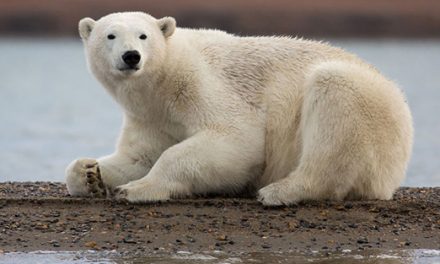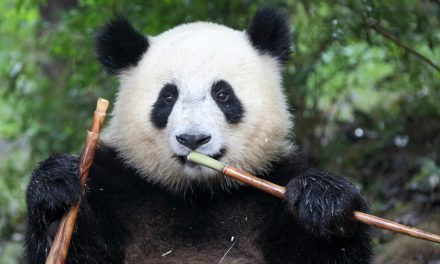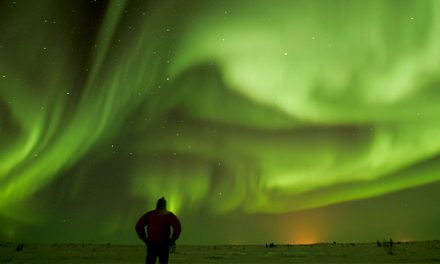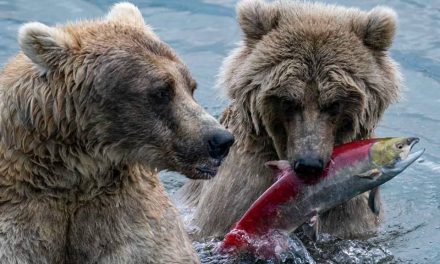By Nat Hab Expedition Leader Eddy Savage
The broad public perception of brown bears (Ursus arctos) is that they possess furry brown coats—hence the name—and that all brown bears generally resemble one another. After all, how often do you have the opportunity to compare the coats and features of multiple brown bears side by side?
But bear with me here: Brown bears rarely ever look identical. In fact, the only common features they share are 1) they’re furry, 2) they have a large muscular hump on their front shoulders, 3) their claws are long and scoop-shaped, and 4) they have rounded ears and a dish-shaped face, resembling a teddy bear.
Brown Bear Differences
Brown bears can vary dramatically in body size, coloration, facial features, claw colors and scarring. A bear that appears one color with its spring/summer coat may showcase a remarkably different coat come autumn. Some bears have ears set further apart, some have eyes closer together, some boast a longer nose and a taller forehead, others display a mismatch of patchy coloration all over their body, and some bear distinct scars.
Having worked as a bear-viewing guide for the past decade, I’ve come to recognize individual brown bears from a distance based on the aforementioned characteristics. I easily identify bears that I’ve seen year after year by their body proportions, facial features, scarring, fur colorations, and body movements. In fact, there are a few bears I can identify from half a mile away quite easily.
I hope you’ll enjoy this collection of brown bear photos from our Alaska adventures and appreciate each bear in all its individuality!
Meet Some of Alaska’s Brown Bears
This adult female is more than 20 years old. One of her most distinct features is her very blonde face.

This young adult male, with ears set quite far apart, exemplifies the brown bear’s dish-shaped forehead. Male bears reach their peak size around 12 to 17 years old. Judging by the size of this bear’s snout, he’ll likely grow quite a bit larger!

This adult female in her 20s undergoes immense fur color pattern changes from year to year. Her body shape and a tiny scar above her right nostril help us ID her each season.

This adult male, in his late teens or possibly early 20s, bears extensive scarring across his body and is missing an ear, the result of scuffles with other males during the breeding season while competing for or defending mating opportunities.

This image shows a relatively uniform brown bear. Note the thinner fur on the bear’s forehead. This is typical during springtime among most male bears, as they rub intensely on scent-marking trees in the area.

This young male brown bear’s fur takes on an almost golden hue in the sunlight. Again, observe the length of the snout—this bear still has some growing to do!

This young female brown bear was around 7 or 8 in this picture. I’ve watched her each year since she was a yearling cub. One of her distinct features is her eyes; she has much darker fur around the eyes, with very blonde hair on the rest of her face, making her easily recognizable.

This young bear is munching on Lyngby’s sedge—an important springtime food. It displays a uniform brown color, but the ears are slightly pointy and asymmetrical.

The dark “socks” on this bear will aid in identifying it in the future. This bear is roughly 3.5 years old. You can discern its youth, as the face still retains some cub-like proportions.

Lastly, we have some very young cubs of the year. These two were likely 3–4 months old and weighed around 20 lbs each. Their mother is the bear in image No. 1, and it’s already evident that she’s passed on her blonde facial fur to her cubs. Adorable!

Want to see brown bears in the wild? Explore our Alaska adventures!


















